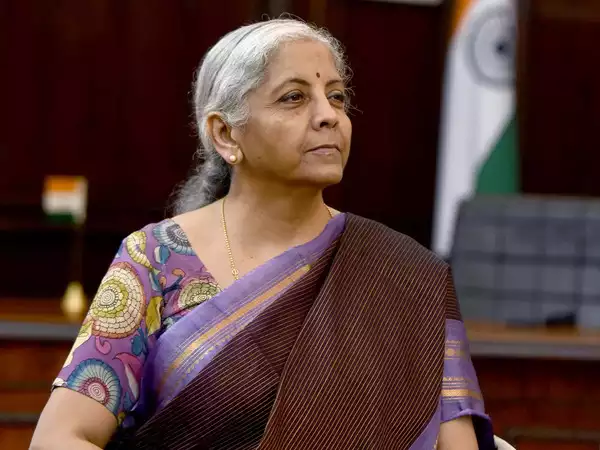Land records, which have been recorded manually ever since recording of land rights began, are waiting to be digitized. Thanks to Geographic Information System (GIS), digitization of land records has become possible.
Combining satellite imagery, aerial surveys and other methods, India has been working to accurately map its land for more than a decade, but the country’s vast size and skewed and inconsistent records make the task difficult and time-consuming.
In India’s interim budget in April, Finance Minister Nirmala Sitharaman made it clear that digitization of land registers would be a key reform issue once the new government takes office.
The government has allocated Rs 1,035 crore for digitisation of city records and plans to complete the process by 2026, The Economic Times reported.
Three months later, with the BJP maintaining its lead in the election results, Sitharaman took the first steps towards delivering on her digital promise in urban India.
“The cadastral register in urban areas will be digitised with GIS mapping. An IT-based system for property records and tax management will be established. This will improve the financial position of urban local bodies,” she said in her budget speech on July 23, 2024.
She further said several states would be consulted and encouraged for land-related reforms and actions through financial assistance within the next three years.
“Land-related reforms and measures in rural areas will cover land management and planning. In urban areas, they will cover urban planning, utilization and building codes,” she added.
Overall, introducing technological advancements in an area that has previously lacked technical support could improve transparency and workflow in land allocation and resolve many disputes.
The government also proposed to introduce a unique land identification number called “Bhu-Aadhaar” in rural areas. Similarly, digitisation of all land records in urban areas was also announced in the budget as part of several land-related reforms.
This includes digitising cadastral maps, surveying map plots with their current owners, setting up land registries and linking them to farmers’ registries, etc. These measures will boost the flow of credit and other agricultural services, she said.
“The disbursement towards 30 million additional houses under PMAY, allocation of Rs 10 lakh crore for 1 crore houses in urban areas, along with consideration of reinstating interest subsidy, are positive steps to support the affordable housing sector,” Samantak Das, principal economist and head of research and REIS, India, JLL told Hindustan Times.
While no independent figures were given in terms of allocated funds for the land digitisation process, the various initiatives outlined in the Finance Minister’s speech suggest rapid progress in digitisation.


